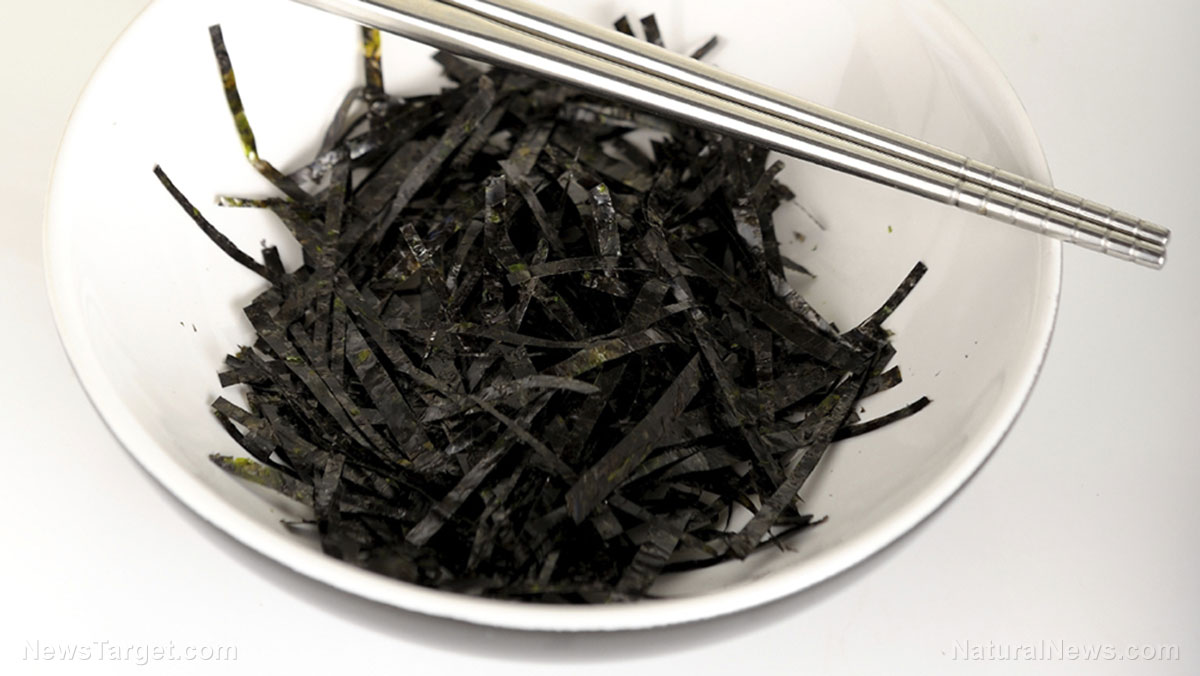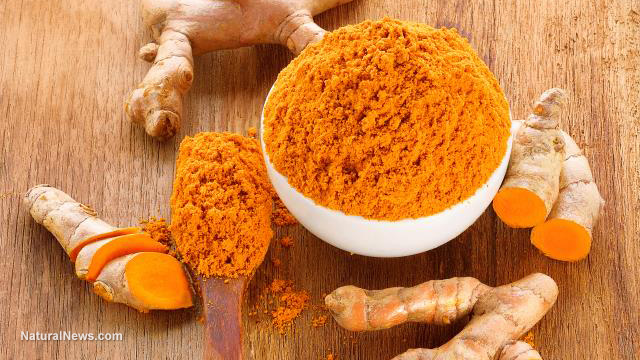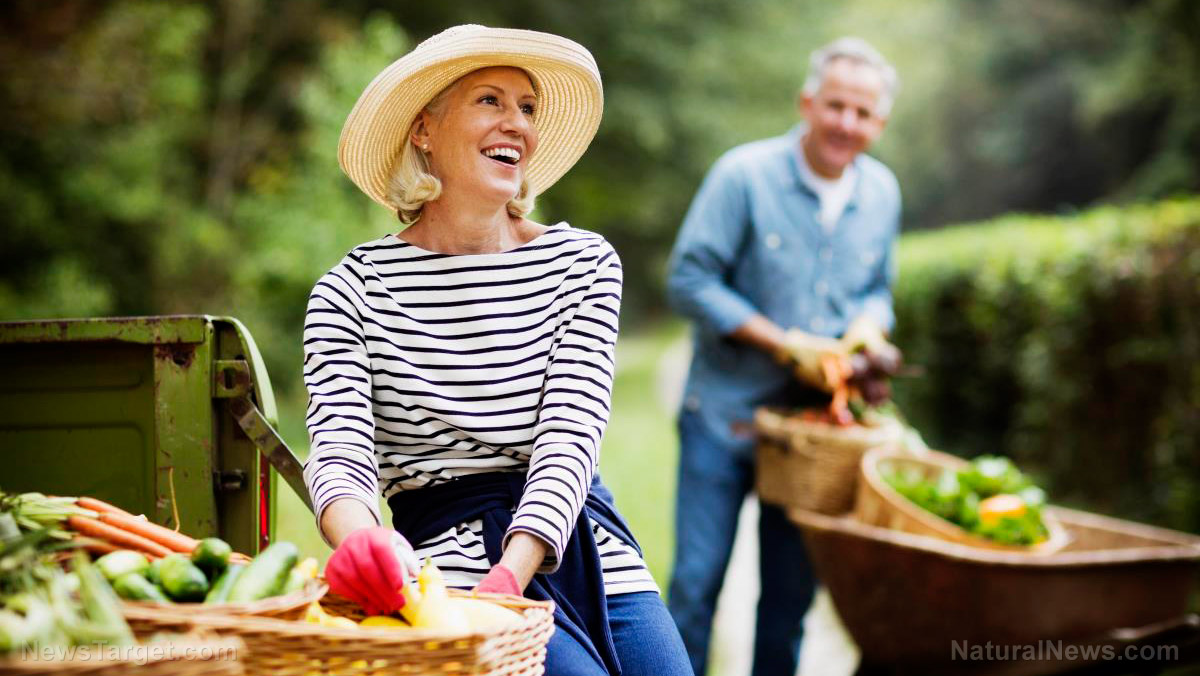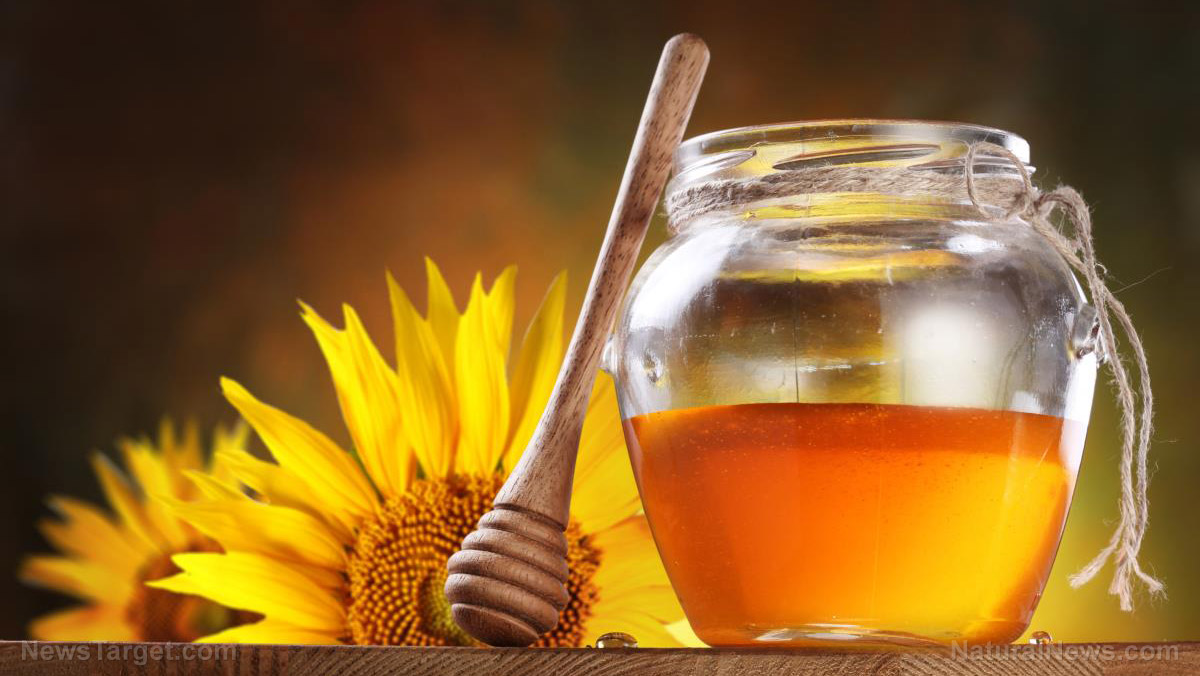
Advertisement
You may not be familiar with the different kinds of seaweed, but you may have already eaten some in soups or sushi. And while seaweed isn’t a staple in Western cuisine, this savory superfood is a must-have in your survival stockpile. (h/t to SurvivalSullivan.com)
All edible marine seaweed belongs to one of three groups of multicellular algae: Green, brown or red algae. Detailed below are common types of seaweed and their health benefits.
Arame
Arame is classified as a brown seaweed but it is almost black in color. Arame has a mildly sweet flavor and it bears long, fine and wiry strands that triple in size when soaked in water. (Related: Why are seaweeds among the healthiest foods on the planet? Here are 6 reasons.)
Arame is fiber-rich. It contains iodine but it has a mild flavor compared to hijiki seaweed. Arame is one of the more versatile seaweeds, making it great for your preps.
Dried arame has an indefinite shelf life if you store it in an airtight container away from moisture and humidity.
Kelp
Kelp is one of the largest seaweeds. It can be found along the North Atlantic coast and around the world.
Kelp has a meaty flavor and is the perfect ingredient for soup stock. Kelp is also high in iodine and can aid in thyroid gland regulation.
If you eat too much kelp, however, you may experience issues with nutrient absorption.
Dried kelp has an indefinite shelf life.
Nori
Nori, or purple laver, is used to make sushi. Nori is purple-black and is full of beta-carotene.
Nori is made up of 30 to 50 percent protein. This seaweed is also a great source of folic acid, niacin and vitamins C and A.
Nori has a pleasant taste and can be used to add extra flavor to rice or pasta. Additionally, nori can be added to miso soup, or used as a garnish on fish or vegetable salads.
Dried nori that’s stored in an airtight container has a shelf life of up to three years beyond its best-by date. Nori exposed to moisture can develop mold.
If nori turns yellow or brown, it may be going bad.
How to grow seaweed
With the right materials and conditions, you can grow seaweed on your homestead.
Seaweed can grow in either saltwater or freshwater, but the process for growing seaweed can vary depending on the type of seaweed you want to buy. Once you get the hang of it, growing seaweed is a sustainable way of supplementing your food stockpile when facing a long-term disaster scenario.
Tools:
- An aquarium heater
- A large aquarium
- A large, wide rock and a slightly smaller rock
- Fresh kelp (with roots/holdfast still attached)
- Salt
- Water
Steps:
- Set the aquarium in a sunny spot. Place the rock on the bottom of the aquarium, where it will be used as an anchor for the seaweed.
- Boil a mixture of one teaspoon of salt for each gallon of water. Stir the water every couple of minutes to dissolve the salt. Bring the mixture to a temperature of 81 F. Use a candy thermometer to check if the water is the right temperature.
- Add the boiling water to the aquarium. Repeat the process until the aquarium is full.
- Once the water cools to 72 F (21 C), use the aquarium heater to maintain the temperature.
- Get the fresh kelp. Use a small rock to anchor the holdfast or roots to the top of the large, flat rock.
- Add liquid fertilizer to the water regularly. The water in the aquarium must also be rich in nutrients, like ocean water. Once the kelp firmly attaches itself to the large rock, you won’t need the smaller rock anymore.
Kelp is a great sustainable food because it can grow at least five inches daily in the proper aquarium environment. You can double your kelp harvest if you grow it fresh in a bay or any large water source.
Use a sharp pair of scissors to harvest kelp from your aquarium or from the ocean. Don’t destroy the holdfast or loosen it from its anchor rock so it keeps producing more seaweed.
Sources include:
Advertisement
Advertisements
















